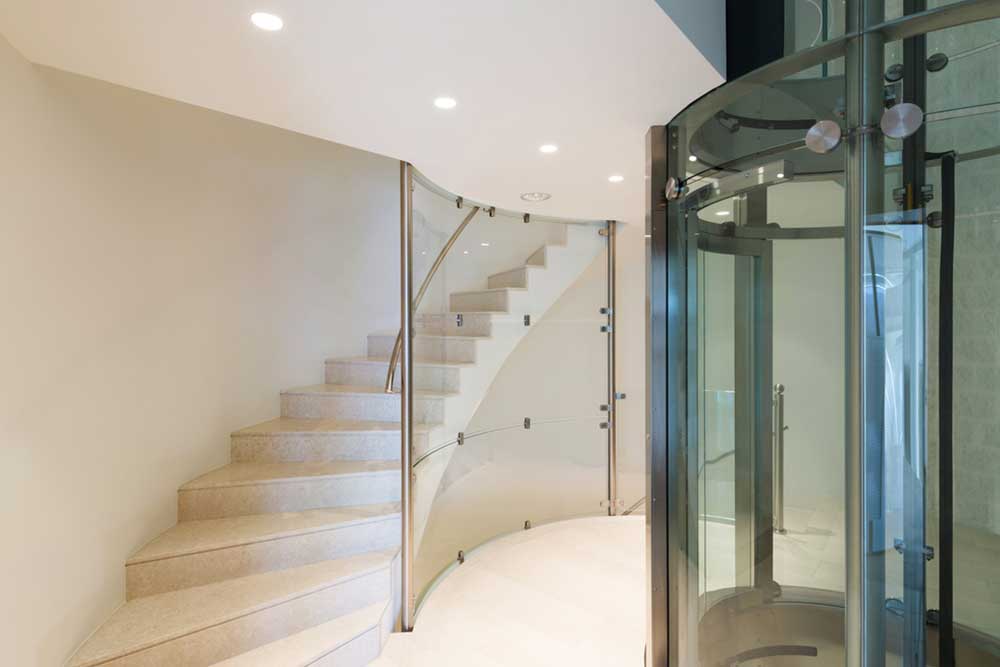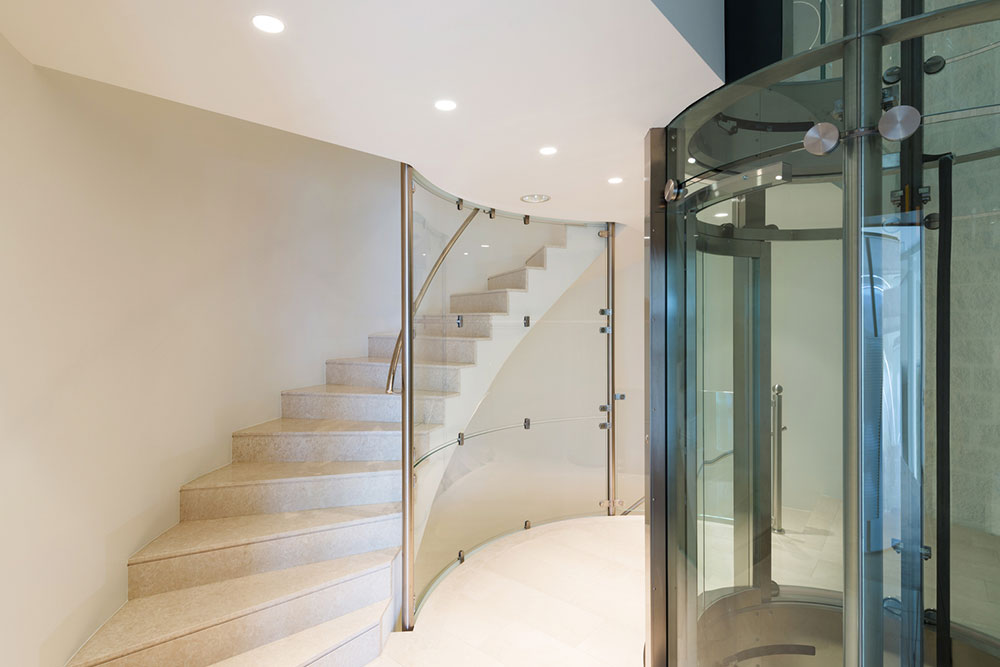Top 4 Types of Residential Elevators for Home Use
Discover the four most common types of residential elevators, including winding drum, pneumatic vacuum, and roped hydraulic models. Learn about their mechanisms, benefits, and installation advantages to choose the best solution for your home. These modern elevators offer convenience, space efficiency, and affordability for multi-level residences seeking accessible mobility options.

Top 4 Types of Residential Elevators for Home Use
Home elevators are becoming increasingly popular, even in houses without elderly or disabled residents. They offer convenience and add value to two-story or multi-level homes. While stair lifts might seem cost-effective, modern home elevators are affordable, efficient, and accessible to a broader audience. They utilize innovative technologies and compact designs, making them suitable for various household needs, beyond just luxury or special accommodations.
Winding drum with counterweight systems
Based on the traditional principle of a rotating winch and counterbalance, this type of home elevator is common in many residences.
It features an electric motor that turns a drum, rewinding or unwinding cable to move the cab. The counterweight offsets the load, requiring minimal power. These systems are budget-friendly, easy to install in limited spaces, and typically positioned on the top floor for convenience.
Pneumatic Vacuum Elevators
Unlike traditional cable-based systems, pneumatic elevators use air pressure to move the cabin vertically.
They operate by creating a vacuum through high and low-pressure zones, allowing the cabin to rise or descend smoothly. Energy-efficient and requiring only power to push the cab up, gravity aids in lowering, making them eco-friendly and low-maintenance.
Roped Hydraulic Elevators
Combining pulley and rope mechanisms with hydraulic power, these elevators use a hydraulic pump to raise or lower the cabin. Hydraulic fluid pressurizes a piston connected to the pulley system, enabling quiet and efficient operation. Roped hydraulic models are ideal for homes with limited space, avoiding the need for bulky machinery.
Note:
Our blog offers insight across various topics. While we aim for accuracy, readers should consider our information as general guidance rather than definitive. We disclaim responsibility for inconsistencies or errors, and advise exploring multiple sources for comprehensive details. Some offers or schemes might differ from what’s described.









